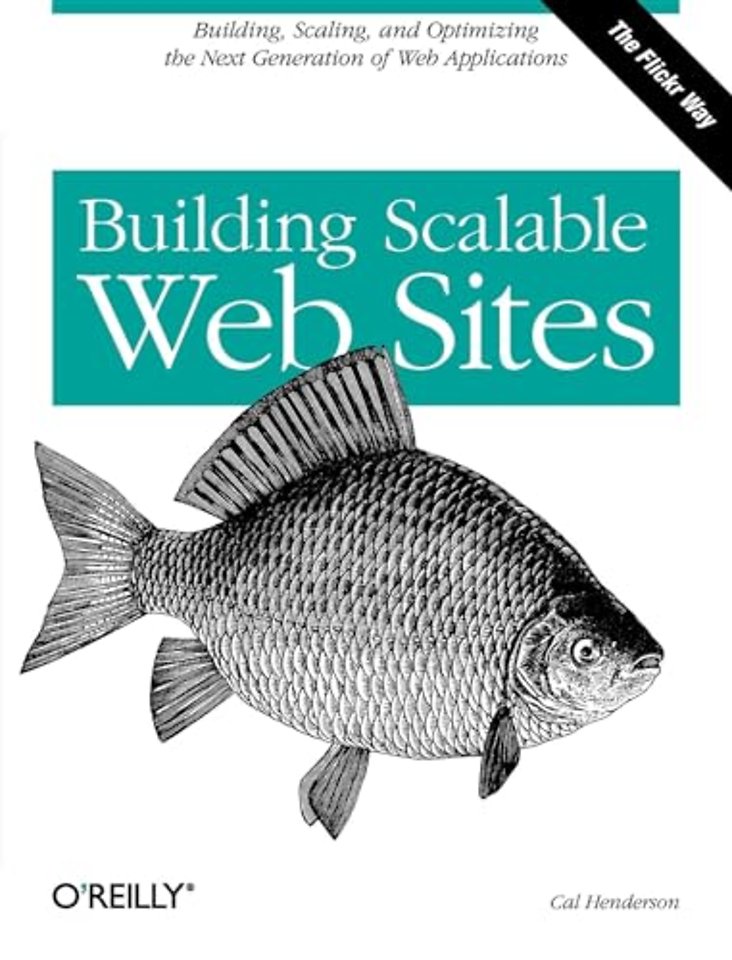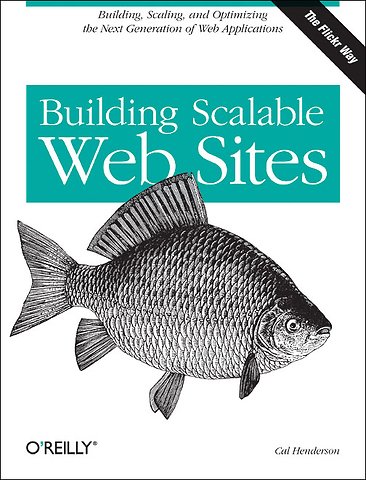Building Scalable Web Sites
Paperback Engels 2006 9780596102357Samenvatting
Learn the tricks of the trade so you can build and architect applications that scale quickly--without all the high-priced headaches and service-level agreements associated with enterprise app servers and proprietary programming and database products. Culled from the experience of the Flickr.com lead developer, Building Scalable Web Sites offers techniques for creating fast sites that your visitors will find a pleasure to use.
Creating popular sites requires much more than fast hardware with lots of memory and hard drive space. It requires thinking about how to grow over time, how to make the same resources accessible to audiences with different expectations, and how to have a team of developers work on a site without creating new problems for visitors and for each other.
Presenting information to visitors from all over the world
Integrating email with your web applications
Planning hardware purchases and hosting options to have as much as you need without breaking your wallet
Partitioning and distributing databases to support large datasets and simultaneous transactions
Monitoring your applications to find and clear bottlenecks
* Providing services APIs and using services from other providers to increase your site's reach and capabilities
Whether you're starting a small web site with hopes of growing big or you already have a large system that needs maintenance, you'll find Building Scalable Web Sites to be a library of ideas for making things work.
Specificaties
Lezersrecensies
Inhoudsopgave
;
What This Book Is About;
What You Need to Know;
Conventions Used in This Book;
Using Code Examples;
Safari® Enabled;
How to Contact Us;
Acknowledgments;
Chapter 1: Introduction;
1.1 What Is a Web Application?;
1.2 How Do You Build Web Applications?;
1.3 What Is Architecture?;
1.4 How Do I Get Started?;
Chapter 2: Web Application Architecture;
2.1 Layered Software Architecture;
2.2 Layered Technologies;
2.3 Software Interface Design;
2.4 Getting from A to B;
2.5 The Software/Hardware Divide;
2.6 Hardware Platforms;
2.7 Hardware Platform Growth;
2.8 Hardware Redundancy;
2.9 Networking;
2.10 Languages, Technologies, and Databases;
Chapter 3: Development Environments;
3.1 The Three Rules;
3.2 Use Source Control;
3.3 One-Step Build;
3.4 Issue Tracking;
3.5 Scaling the Development Model;
3.6 Coding Standards;
3.7 Testing;
Chapter 4: i18n, L10n, and Unicode;
4.1 Internationalization and Localization;
4.2 Unicode in a Nutshell;
4.3 Unicode Encodings;
4.4 The UTF-8 Encoding;
4.5 UTF-8 Web Applications;
4.6 Using UTF-8 with PHP;
4.7 Using UTF-8 with Other Languages;
4.8 Using UTF-8 with MySQL;
4.9 Using UTF-8 with Email;
4.10 Using UTF-8 with JavaScript;
4.11 Using UTF-8 with APIs;
Chapter 5: Data Integrity and Security;
5.1 Data Integrity Policies;
5.2 Good, Valid, and Invalid;
5.3 Filtering UTF-8;
5.4 Filtering Control Characters;
5.5 Filtering HTML;
5.6 Cross-Site Scripting (XSS);
5.7 SQL Injection Attacks;
Chapter 6: Email;
6.1 Receiving Email;
6.2 Injecting Email into Your Application;
6.3 The MIME Format;
6.4 Parsing Simple MIME Emails;
6.5 Parsing UU Encoded Attachments;
6.6 TNEF Attachments;
6.7 Wireless Carriers Hate You;
6.8 Character Sets and Encodings;
6.9 Recognizing Your Users;
6.10 Unit Testing;
Chapter 7: Remote Services;
7.1 Remote Services Club;
7.2 Sockets;
7.3 Using HTTP;
7.4 Remote Services Redundancy;
7.5 Asynchronous Systems;
7.6 Exchanging XML;
7.7 Lightweight Protocols;
Chapter 8: Bottlenecks;
8.1 Identifying Bottlenecks;
8.2 External Services and Black Boxes;
Chapter 9: Scaling Web Applications;
9.1 The Scaling Myth;
9.2 Scaling the Network;
9.3 Load Balancing;
9.4 Scaling MySQL;
9.5 MyISAM;
9.6 MySQL Replication;
9.7 Database Partitioning;
9.8 Scaling Large Database;
9.9 Scaling Storage;
Chapter 10: Statistics, Monitoring, and Alerting;
10.1 Tracking Web Statistics;
10.2 Application Monitoring;
10.3 Alerting;
Chapter 11: APIs;
11.1 Data Feeds;
11.2 Mobile Content;
11.3 Web Services;
11.4 API Transports;
11.5 API Abuse;
11.6 Authentication;
11.7 The Future;
Colophon;
Rubrieken
- advisering
- algemeen management
- coaching en trainen
- communicatie en media
- economie
- financieel management
- inkoop en logistiek
- internet en social media
- it-management / ict
- juridisch
- leiderschap
- marketing
- mens en maatschappij
- non-profit
- ondernemen
- organisatiekunde
- personal finance
- personeelsmanagement
- persoonlijke effectiviteit
- projectmanagement
- psychologie
- reclame en verkoop
- strategisch management
- verandermanagement
- werk en loopbaan

